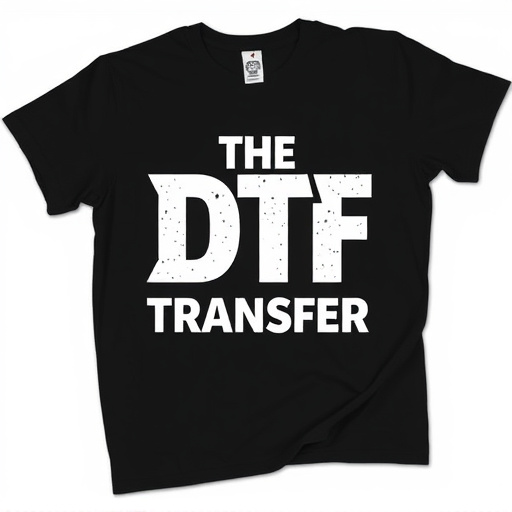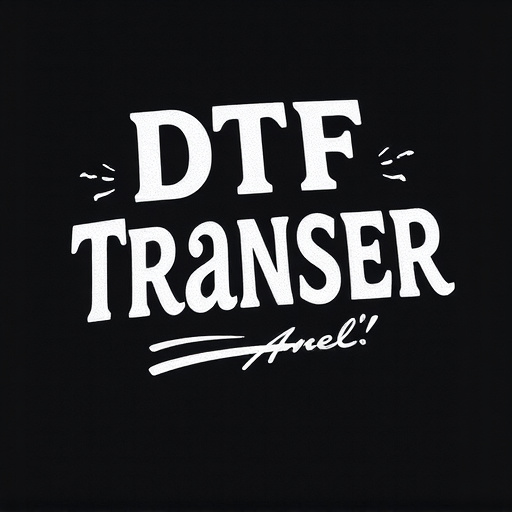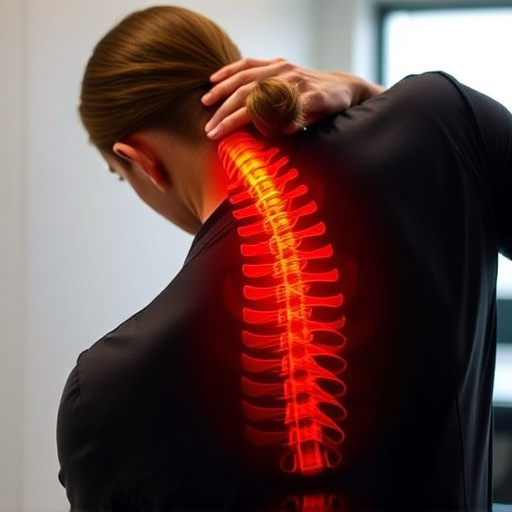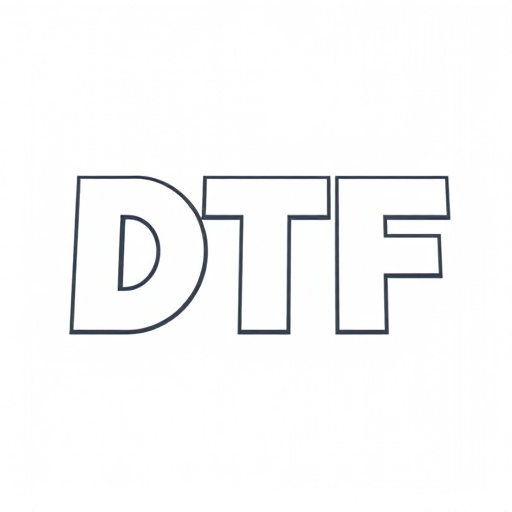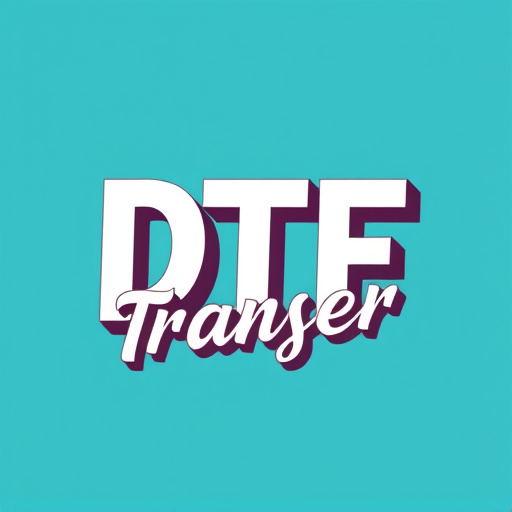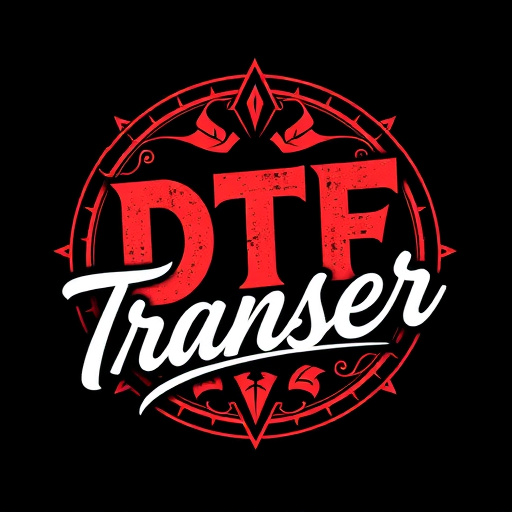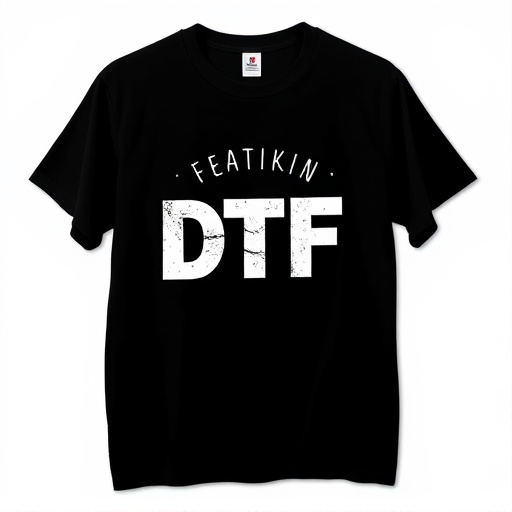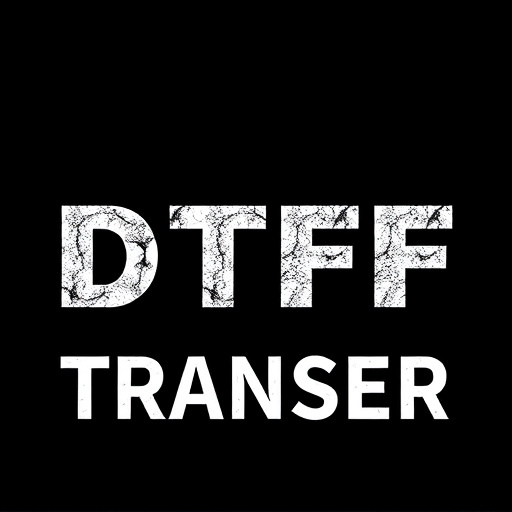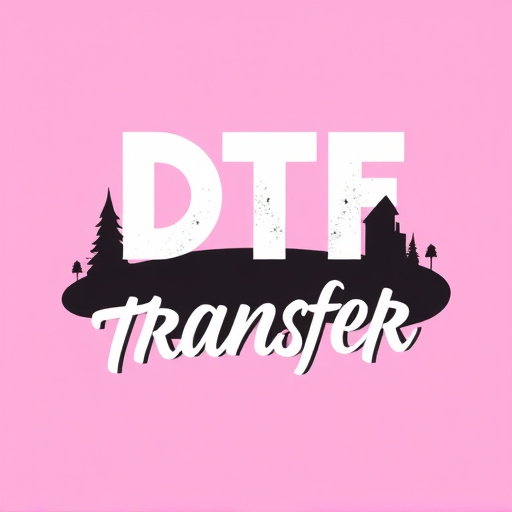Direct-to-Film (DTF) transfer is a groundbreaking technology for producing high-quality prints directly from digital files. It offers unparalleled flexibility and cost-effectiveness for various industries, eliminating traditional printing methods and streamlining production. DTF has three main approaches: precision printing for intricate designs, pre-made transfers for quicker projects, and DIY kits for complete customization. Costs are influenced by design complexity, fabric type, print volume, customization options, and labor rates. DTF's efficiency reduces waste and setup time while offering better environmental sustainability compared to traditional methods. However, pricing varies widely based on factors like print size, material quality, and design complexity. Businesses should conduct thorough cost-benefit analyses and explore packages to optimize budgets when leveraging DTF for production and marketing.
“Unraveling the Cost Structure of Direct-to-Film (DTF) Transfers: A Comprehensive Guide
In the realm of digital printing, Direct-to-Film (DTF) transfers have emerged as a revolutionary process for creating high-quality prints on various materials. This article delves into the intricate world of DTF transfers, offering a detailed exploration of their cost structure. From understanding the fundamentals to dissecting the types and factors influencing costs, we navigate through the process. Key sections cover DTF printing techniques, their economic implications, and real-world case studies, providing valuable insights for businesses considering this innovative technology.”
- Understanding Direct-to-Film (DTF) Transfer: A Brief Overview
- Types of DTF Transfer Options: A Comprehensive Look
- Factors Influencing Cost Structure for DTF Transfers
- DTF Printing Process and Its Cost Implications
- Benefits and Considerations for Different DTF Print Costs
- Case Studies: Real-World Examples of DTF Transfer Pricing
Understanding Direct-to-Film (DTF) Transfer: A Brief Overview

Direct-to-Film (DTF) Transfer is a cutting-edge technology that revolutionizes the way we reproduce and distribute visual content. This process eliminates traditional printing methods by directly transferring images onto film, offering unparalleled flexibility and efficiency in the production pipeline. It’s particularly beneficial for independent filmmakers, content creators, and businesses looking to streamline their marketing materials or product branding.
DTF Transfer provides a range of advantages, from precise color accuracy to faster turnaround times compared to conventional printing techniques. This method involves advanced imaging software that maps and aligns the digital design onto the film, ensuring each print is an exact replica of the original file. Whether for creating promotional posters, movie trailers, or custom product labels, DTF Printing offers a cost-effective solution without compromising on quality or visual impact, thus appealing to various industries and applications.
Types of DTF Transfer Options: A Comprehensive Look

The Direct-to-Film (DTF) transfer process offers various options for printing and transferring designs onto a wide range of materials, from textiles to plastics. Understanding these alternatives is key when selecting the most suitable DTF transfer method for your project requirements. Each option has its own set of advantages and considerations, catering to different needs in terms of quality, speed, and cost-effectiveness.
One popular choice is DTF printing, which involves using a specialized printer to apply the design directly onto the target surface. This method ensures precise, high-resolution prints, making it ideal for detailed artwork and complex designs. Another option includes pre-made DTF transfers, where the design is already printed on a film that can be easily applied to various materials. These transfers are convenient for quick projects but may have limitations in terms of customization and print quality compared to direct printing. Additionally, some advanced users opt for DIY DTF kits, allowing them to create their own custom transfers, offering maximum flexibility and control over the final result.
Factors Influencing Cost Structure for DTF Transfers

Several factors significantly influence the cost structure for direct-to-film (DTF) transfers and DTF printing. One of the primary considerations is the size and complexity of the design. Intricate, detailed artwork or images with multiple colors will generally result in higher costs due to the increased material usage and potential need for specialized techniques during the DTF transfer process. The type of fabric also plays a crucial role; certain materials may require specific adhesive formulations or printing methods, impacting overall expenses.
Additionally, the quantity of DTF prints is an essential cost driver. Higher print volumes often lead to economies of scale, making each print less expensive. Customization and finishing options further add to the pricing dynamics. Special effects, such as embossing or adding metallic finishes, can increase costs while enhancing the final product’s appeal. The availability of screen printing facilities and equipment, along with labor rates, also contributes to the overall cost structure for DTF Transfers.
DTF Printing Process and Its Cost Implications

The Direct-to-Film (DTF) transfer process offers a cutting-edge method for creating high-quality prints directly from digital files. This innovative technique involves mapping an image onto a flexible, heat-sensitive film, which is then pressed against a substrate like fabric or metal. Heat activates the pigments on the film, producing vibrant and precise prints. The DTF method eliminates the need for traditional screening and plating, streamlining the printing process and reducing setup costs significantly.
Cost implications of DTF Printing arise primarily from material expenses and labor. High-quality DTF films can be more expensive than conventional printing inks, especially for specialized substrates or unique print effects. However, the reduced number of setup steps and potential for on-demand production can lead to lower per-print costs for larger runs, making it a cost-effective option for various applications, including custom apparel, promotional items, and short-run art prints.
Benefits and Considerations for Different DTF Print Costs
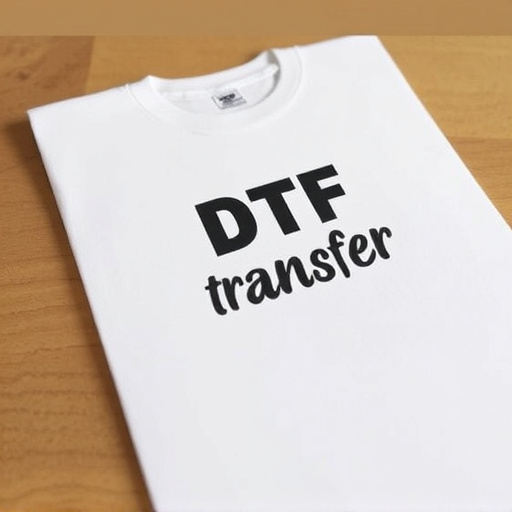
Direct-to-film (DTF) transfer offers a cost-effective and efficient solution for film printing, catering to both professional filmmakers and independent creators. The benefits are numerous: it streamlines the production process by eliminating intermediate steps, reduces waste, and allows for high-quality prints at a lower environmental impact compared to traditional methods. Moreover, DTF technology enables faster turnaround times, making it ideal for tight deadlines.
However, considerations for DTF print costs vary across providers. Key factors include print size, material quality, and the complexity of the design or film transfer. While smaller, simpler prints might be affordable, larger, more intricate projects can incur significant expenses. It’s crucial to compare pricing structures and understand any hidden costs associated with each option. Additionally, exploring packages or discounts offered by DTF printing services can help optimize budget allocation for different production scales and requirements.
Case Studies: Real-World Examples of DTF Transfer Pricing
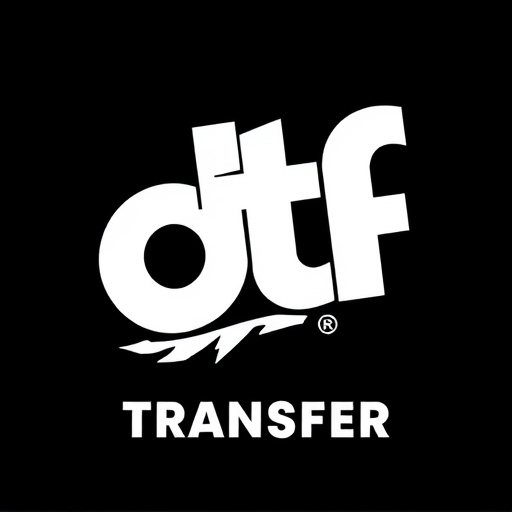
In the dynamic landscape of direct-to-film (DTF) transfers, understanding the cost structure is pivotal for businesses and entrepreneurs looking to navigate this burgeoning industry. Case studies offer a tangible glimpse into real-world pricing models, providing valuable insights for those considering DTF as a production or marketing strategy. For instance, a small independent film producer might opt for a DTF transfer service to create limited-edition prints for a cult classic movie revival. This scenario typically involves negotiating a price per print, with factors like the film’s run length (how many prints are needed), the unique ink and coating requirements for specific film effects, and shipping costs influencing the overall expenditure.
Another example could be a large-scale merchandise company utilizing DTF printing to produce custom t-shirts and accessories featuring popular intellectual property. Their cost structure would include setup fees for designing and setting up the print plates, unit costs for each DTF print, and additional expenses related to licensing rights and quality control measures. These case studies underscore that while DTF transfers offer unparalleled customization and efficiency, the pricing can vary widely based on project specifics, highlighting the need for thorough cost-benefit analysis before committing to any particular DTF service provider.


